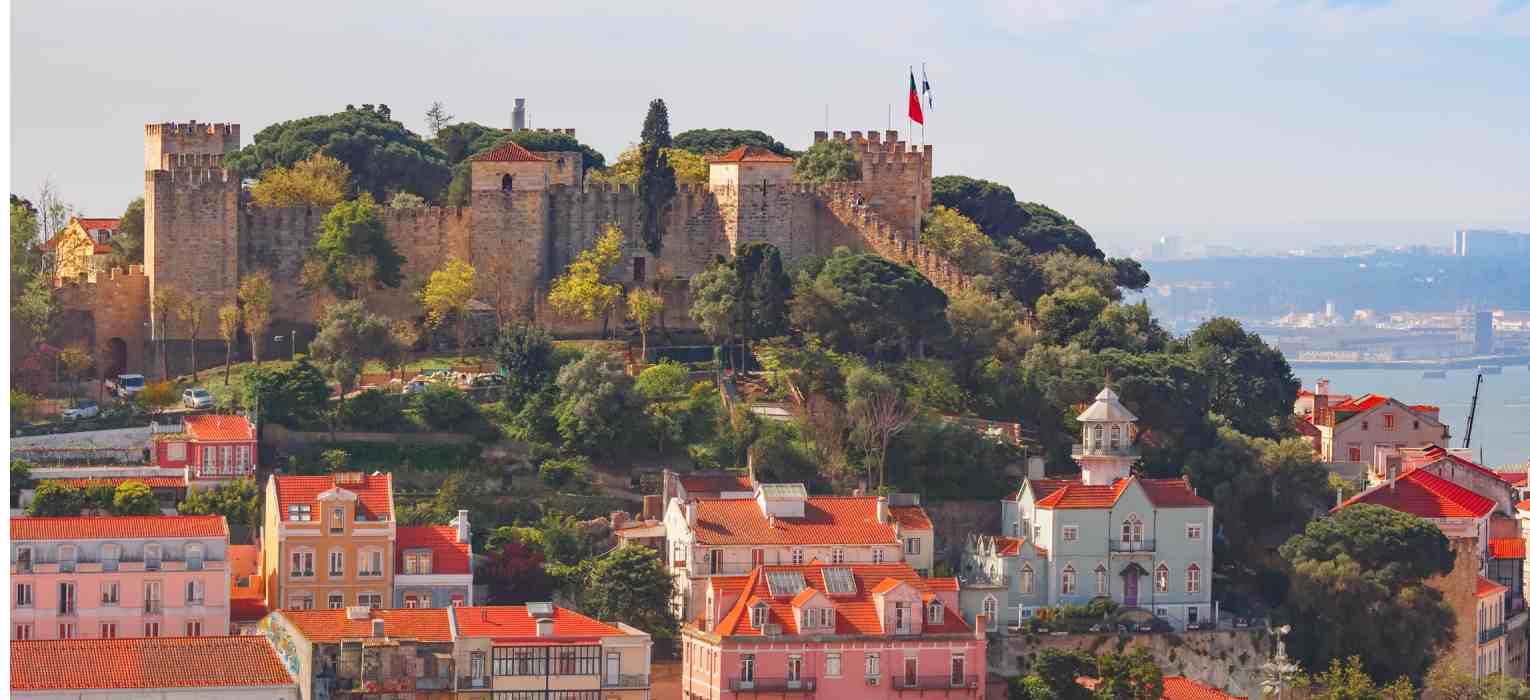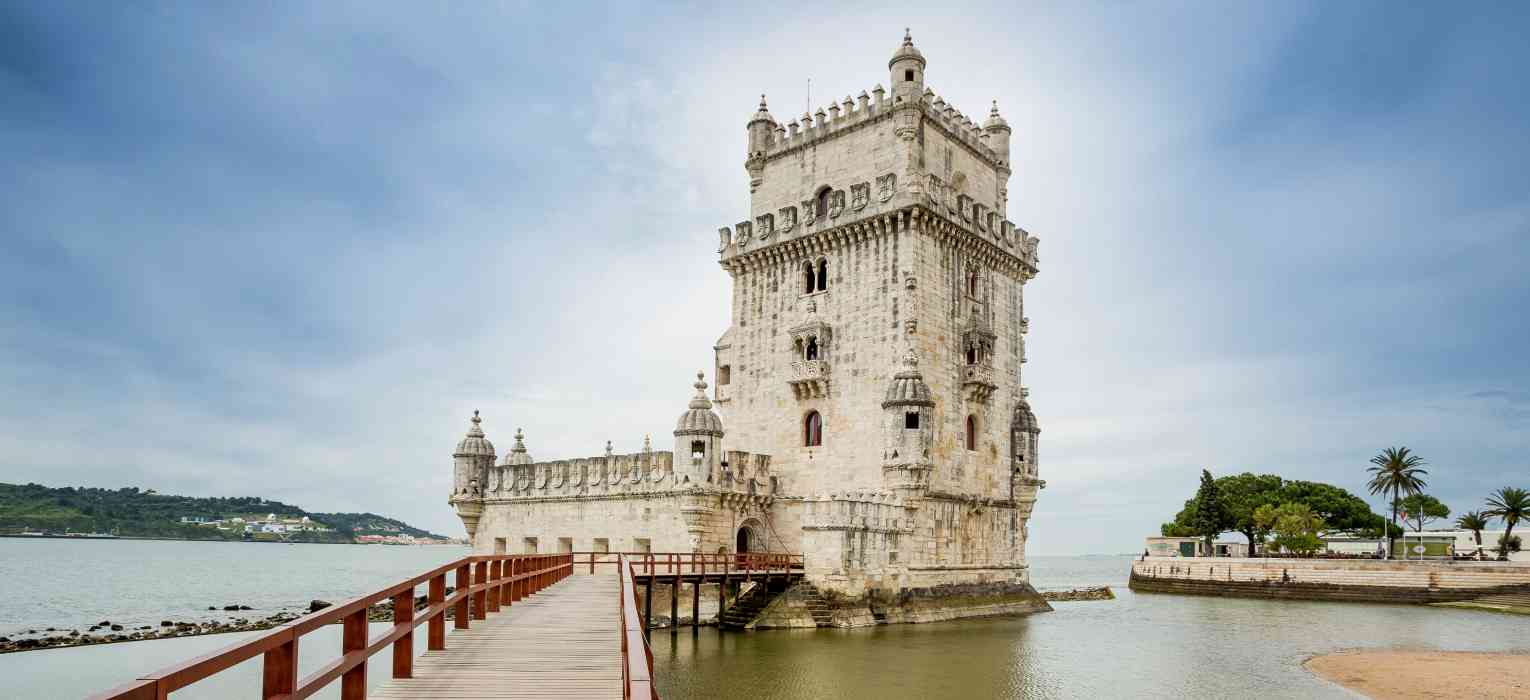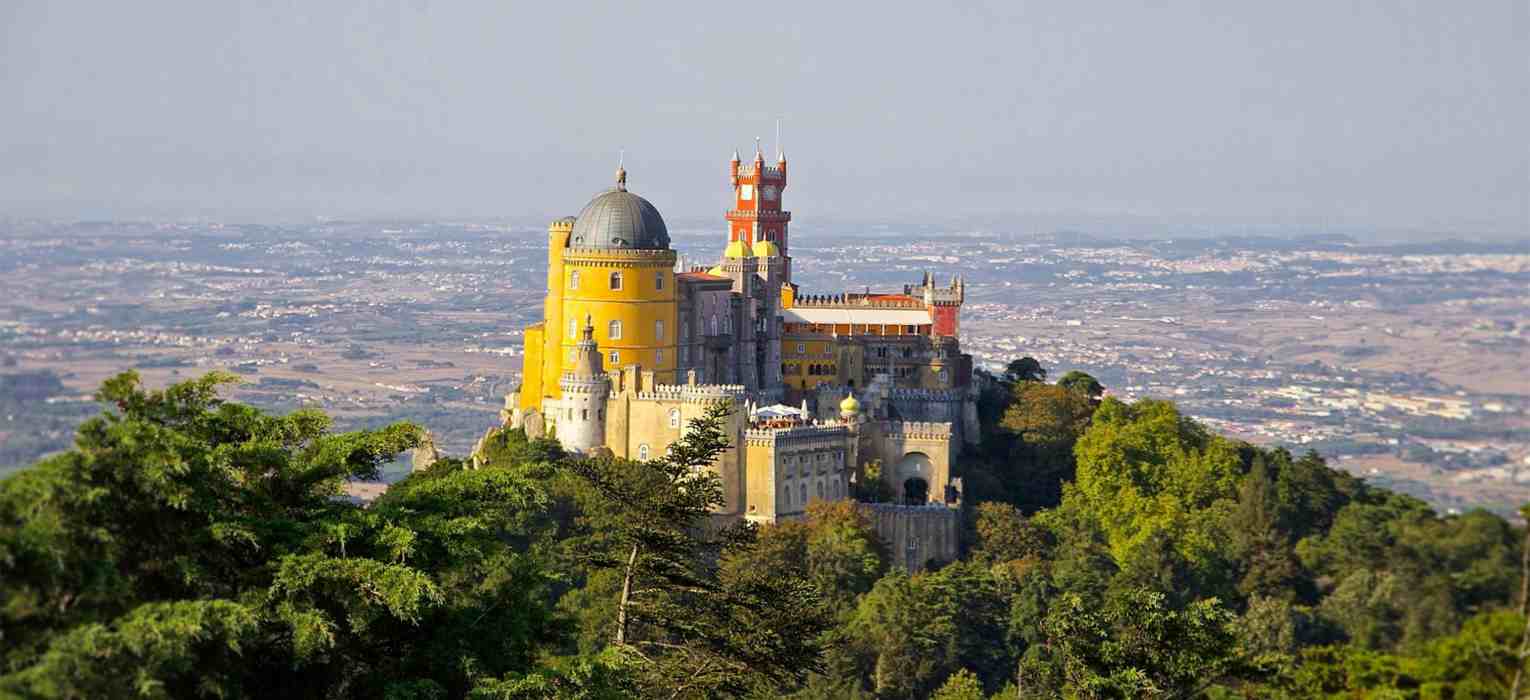The vibrant cobblestone streets of Lisbon offer captivating beauty; every corner of the city tells a story and reveals a new adventure.
In this destination guide, we delve into the heart of Lisbon and provide a list of must-see places such as iconic landmarks, ideal neighborhoods to stay base on different traveller profiles, where to go to savour an authentic Portuguese dish, how to get around the city, and more. Therefore, the information we've put together will help you best plan your trip so you can travel efficiently and comfortably.
Get ready to immerse yourself in the magic of Lisbon.
Because Portugal’s capital has a diverse range of neighbourhoods with their own vibes and things to do, your experience will vary depending on which area of the city you choose to stay in.
- Ideal for tourists – The area known as “Baixa” is the heart of Lisbon, and due to its central location, many tourist attractions are also located nearby. The neighbourhood offers a mix of budget and luxury boutique hotels.
- For partygoers – The “Bairro Alto” and “Príncipe Real” neighbourhoods are primarily nightlife destinations known for their bustling nightclubs, bars, and trendy restaurants.
- For culture and history buffs – The “Belém” area has many major tourist sights. The neighbourhood is quieter at night because it’s a bit further from the city centre.
- For an authentic experience – The narrow medieval streets, fado, which is a traditional Portuguese music, and vintage streetcars of the “Alfama” district give Lisbon’s oldest neighbourhood a charming atmosphere. Compared to other areas, it is less accessible and not as safe at night.
- Best value for money – In the “Marquês de Pombal” and “Avenidas Novas” districts, you’ll find modern accommodations offering good value for your money. Although its well connected by subway, it’s a bit far from the city centre.
Lisbon is considered one of the safest capitals in Europe, and few visitors experience danger or difficulty during their stay. However, as with any major travel destination, it is crucial to take precautions, such as being careful with your belongings, especially in crowded areas, and being vigilant and aware of your surroundings, especially at night.
Because of its increased popularity, Lisbon may not be as cheap a destination as it once was. However, compared to other Western European capitals, this world-class destination is undoubtedly one of the least expensive places to visit. On average, a mid-range tourist is likely to spend around 120 EUR per day on food, attractions, and transportation.
If you are seeking to indulge in traditional local cuisine, the capital of Portugal is a goldmine for foodies. Pasteis de Nata (custard tarts), Bacalhau (salted cod), Caldo Verde (kale soup) and Francesinha (a hearty sandwich) are just a few local dishes that showcase the diverse and rich gastronomic heritage of Portugal.
- As Salgadeiras - Housed in an ancient building with red-brick walls and arches, this diner is a landmark of traditional Portuguese gastronomy. For fish lovers, try the Trilogia de Bacalhau dish.
- Casa do Alentejo – Have you ever dined in a 17th-century rococo-style palace? The restaurant serves reasonably priced authentic Portuguese cuisine and specialties of Alentejo within its beautifully painted, tin-glazed, ceramic tilework walls. Before or after lunch, spend some time exploring the Moorish-style courtyard.
- Cervejaria Trindade – Founded almost two centuries ago and located in the old convent of Santíssima Trindade, Cervejaria Trindade is the first Portuguese brewery. This iconic establishment is known for its vaulted space decorated with large tile panels.
- Lisboa à Noite – Located in the city’s heart in a place that once served as the stables of Palacio dos Condes, The menu is full of Portuguese-inspired delicacies that will exalt the more demanding palates, especially when paired with some of the rarest local wines.
- O Pitéu da Graça – The USA Today website has listed this restaurant as one of the top 10 in Lisbon (English website only). The dining establishment is located just a few steps away from Largo da Graça, a famous lookout offering views of most of the city. Some of the popular seafood dishes include Linguadinhos (small sole) and Pescadinhas (small hakes), which are fried to perfection, as well as grilled options such as Dourada (sea beam) and Garoupa (grouper).
A well-established transportation system comprised of buses, suburban trains, street cars, and metro (subway) makes it easy to travel between major city attractions. Funiculars and elevators are great options for reaching the top of the city’s hills. To save money, buy a Lisboa Card, which offers unlimited rides on various transportation modes (except for the Aerobus from/to the airport and trains to Cascais and Sintra). A visitor can buy a 1-day, 2-day or 3-day pass. This card also provides free entrance to major attractions and deals and discounts on tours, shopping and nightlife. Another option for getting around town is the Navegante Occasional Card (English website only), which can be topped up with money or day passes and used on all public transportation within Lisbon.
Which travel insurance plan to choose for your Lisbon trip? Consider a Medical + Cancellation Plan, our most popular and comprehensive plan. The Medical + Cancellation Plan includes key benefits such as emergency medical coverage, reimbursement for non-refundable trip costs in case you need to cancel or interrupt your trip due to a covered reason, baggage benefits, 24/7 global assistance, and more.
Travel insurance is underwritten by CUMIS General Insurance Company, a member of The Co-operators Group of Companies, administered by Allianz Global Assistance, which is a registered business name of AZGA Service Canada Inc.





